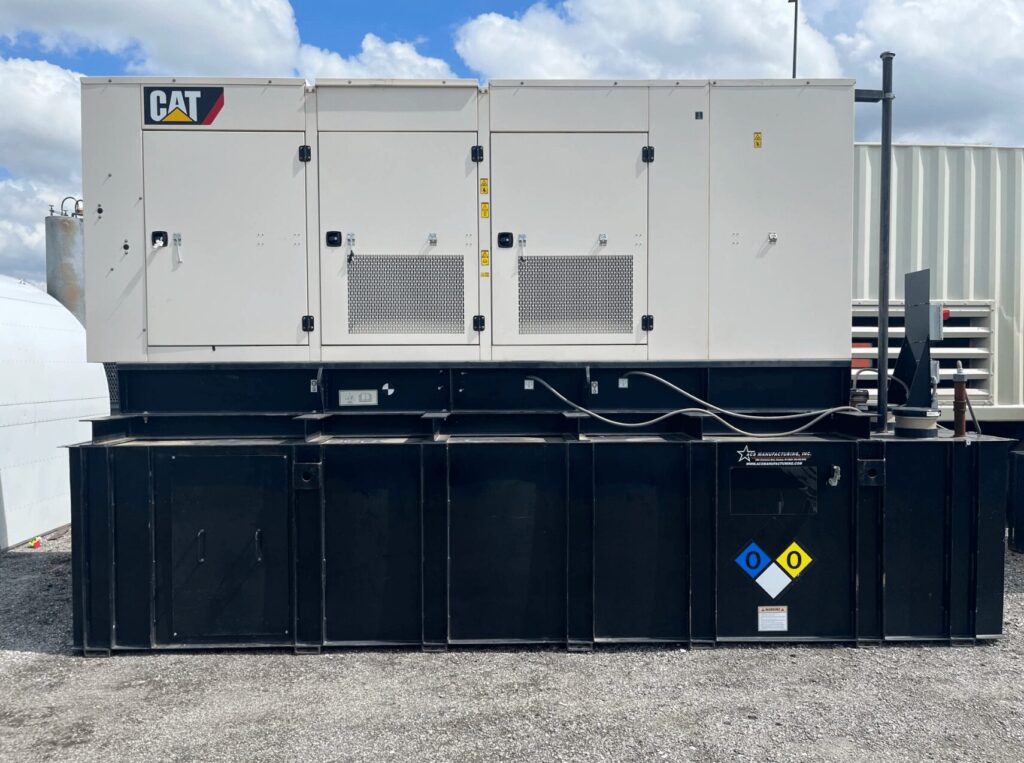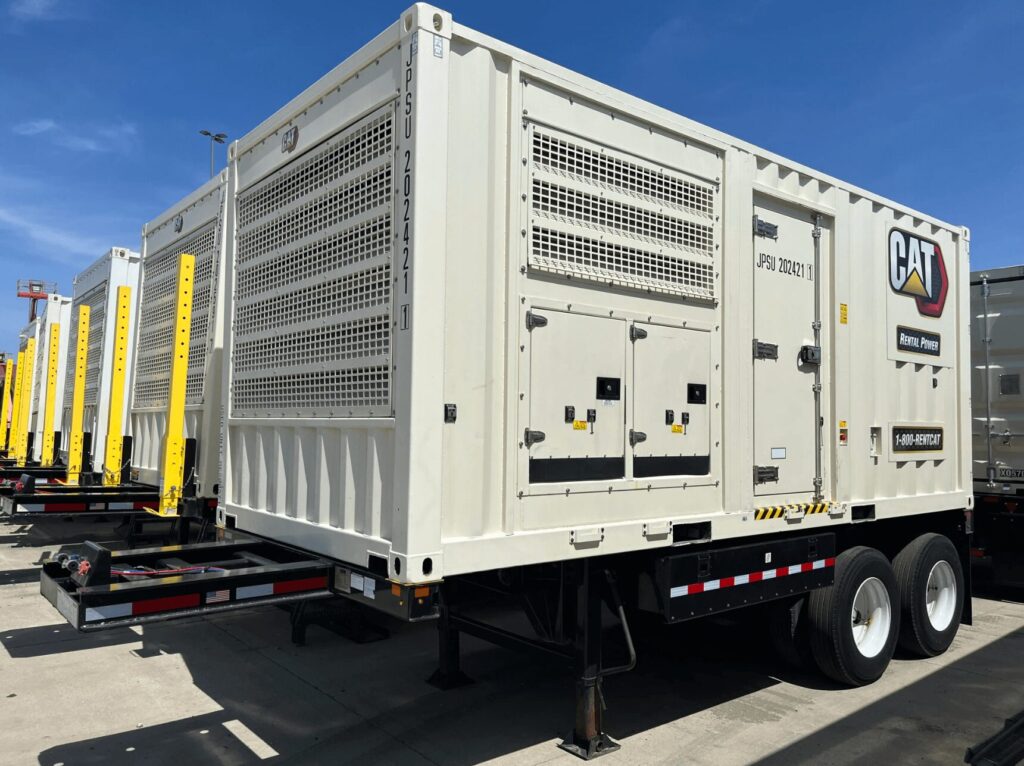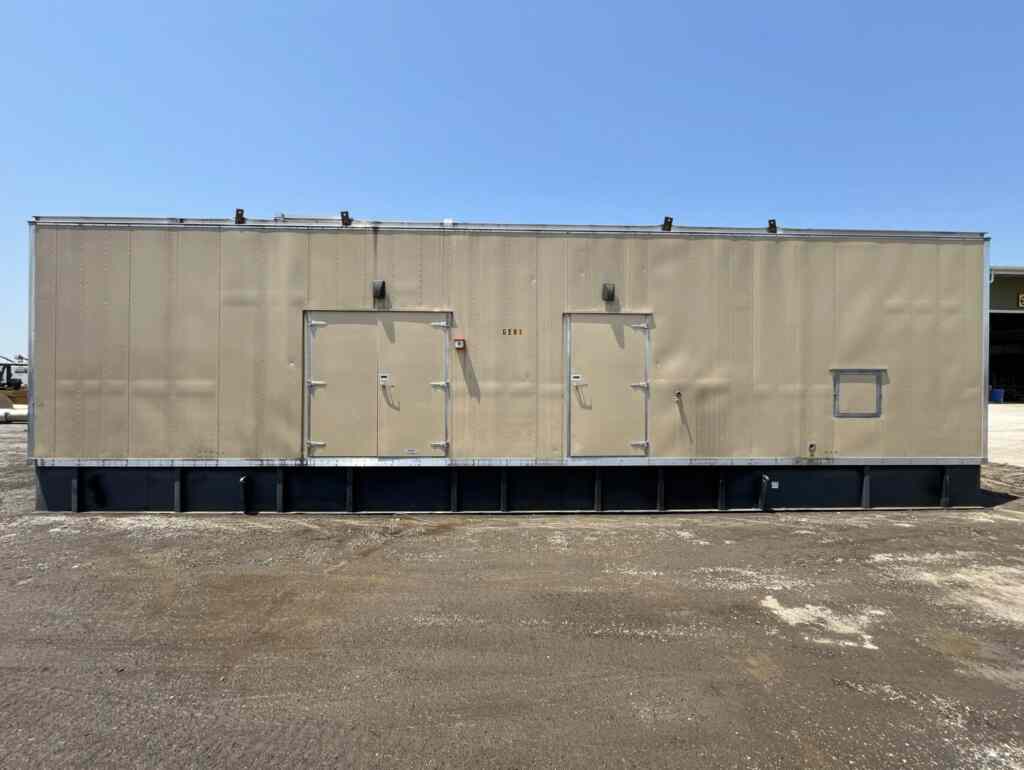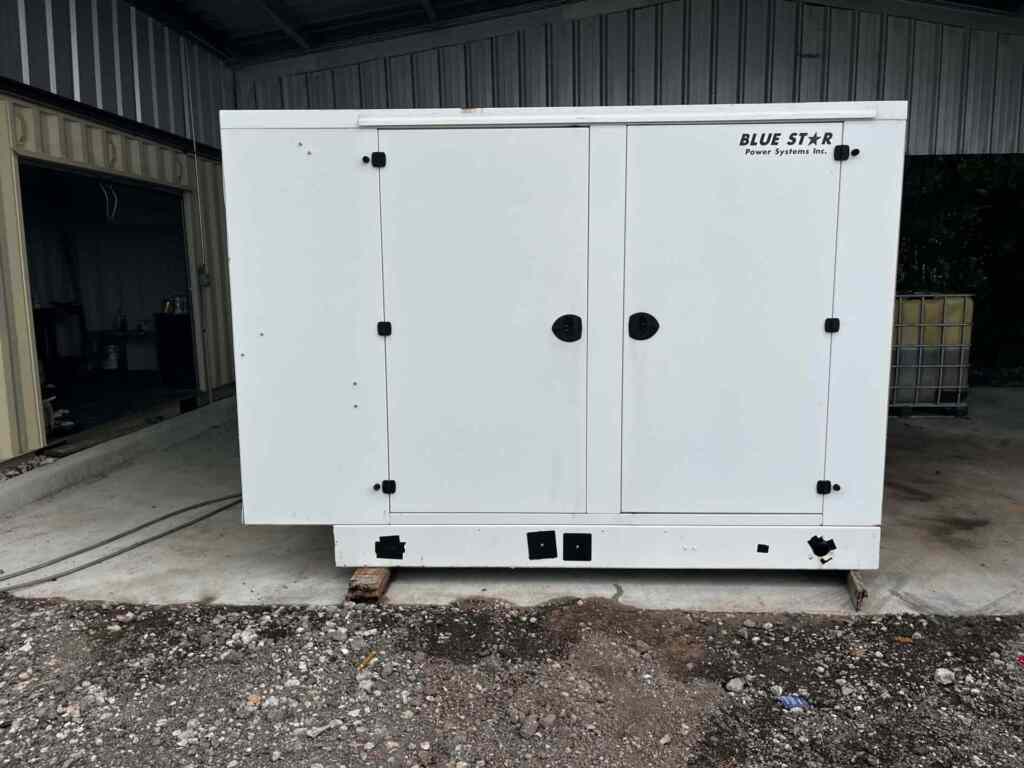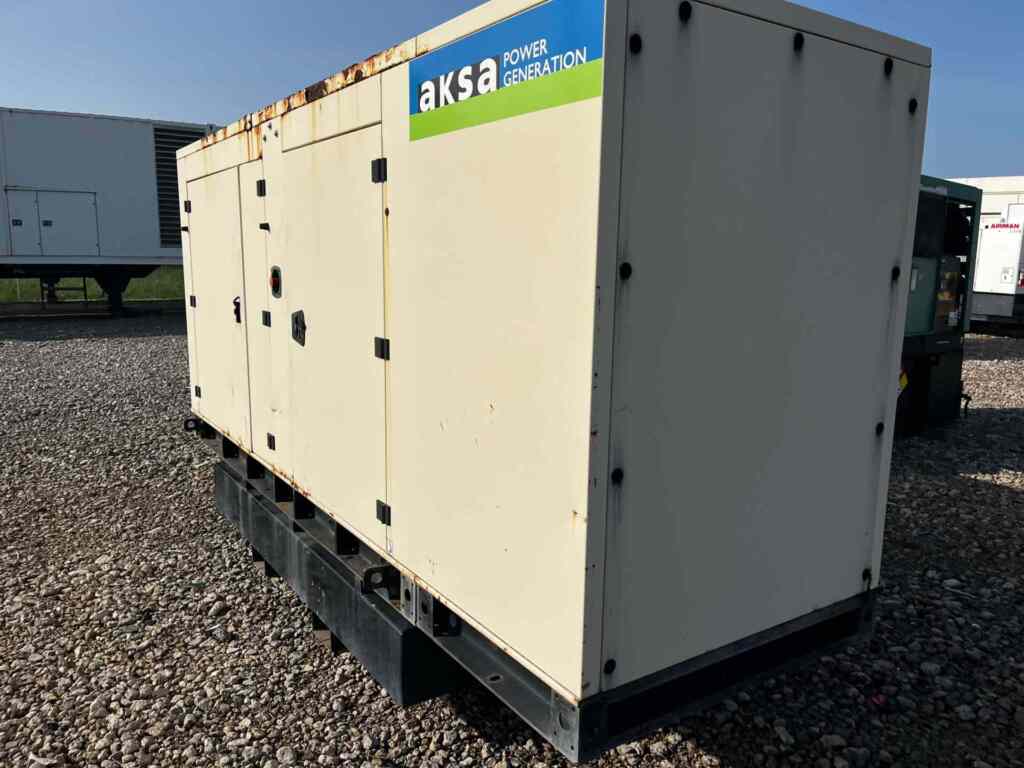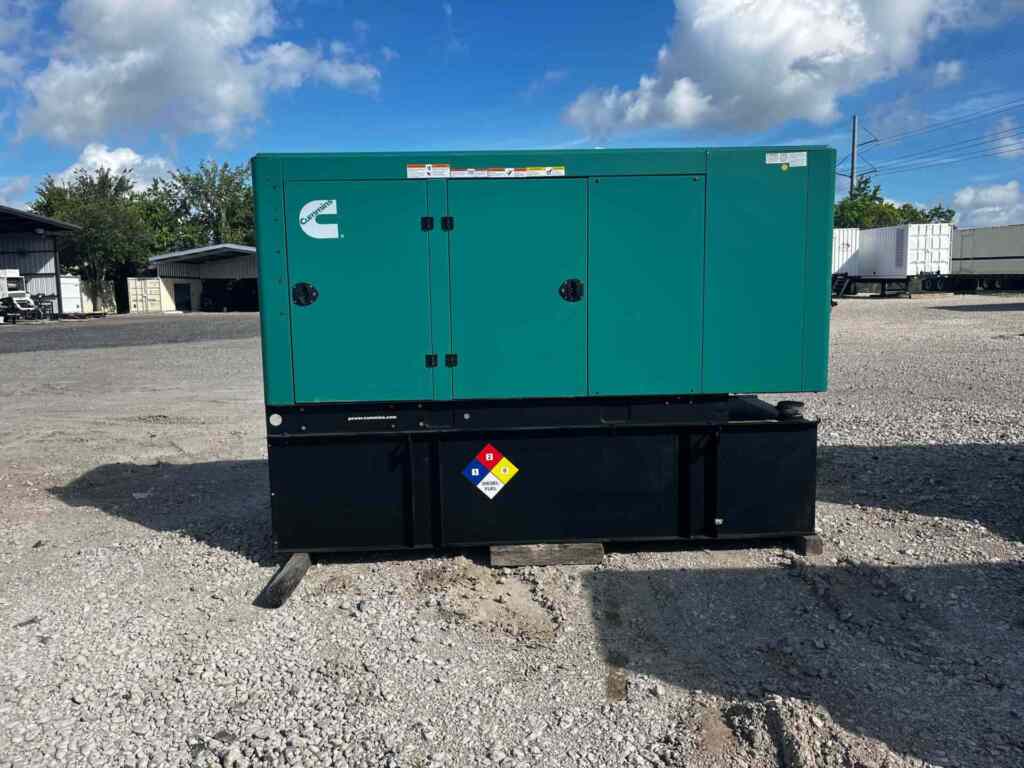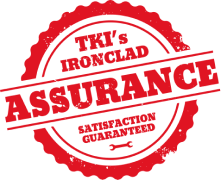When evaluating industrial generators for commercial use—whether for hospitals, data centers, oilfields, or construction—one of the first metrics buyers look at is run hours. Like mileage on a vehicle, generator hours tell part of the story—but not the whole truth.
This article breaks down how generator hours work, what factors matter when buying used vs. new, which brands typically run longer, and why “zero-hour” units might not be as new as you think.
What Are Generator Hours?
Generator hours refer to the total time the unit’s engine has been actively running. Most industrial generators are equipped with an hour meter or digital control panel that tracks runtime whenever the engine is producing power, either in standby, prime, or continuous mode.
Hours are a critical data point because they:
- Indicate how much wear the engine has undergone
- Help estimate the remaining service life
- Influence resale value
- Signal when preventive maintenance is due
However, hours alone don’t give the full picture without context—how the generator was used, serviced, loaded, and stored.
What’s Considered High vs. Low Hours?
Unlike vehicles, there is no strict mileage-to-hours equivalence. But a general guideline for commercial diesel generators is:
| Generator Hours | Usage Category |
|---|---|
| 0–500 hours | Very low |
| 500–2,500 hours | Low to average |
| 2,500–6,000 hours | Moderate |
| 6,000–10,000+ hrs | High |
Keep in mind, industrial-grade diesel generators—especially Tier 3 and Tier 4 models—are often designed for 20,000+ hours of life, especially when properly maintained.
High-Hour Units Aren’t Always a Red Flag
A generator with 8,000 hours that’s been consistently maintained under light load can be more reliable than one with 1,000 hours that sat idle, unexercised, or overused at full load in extreme heat.
Instead of judging by hours alone, ask:
- What was the application? Standby (emergency) units typically have fewer hours than prime power generators.
- Was it regularly serviced? Look for logs of oil changes, filter swaps, coolant flushes, and load testing.
- Was it exercised monthly? Generators that sit too long without use can deteriorate internally.
- Was it derated or overloaded? Oversized units running under light load may experience wet stacking; undersized ones may overheat.
When “Zero-Hour” Doesn’t Mean Brand New
If a generator listing says “0 hours” or “zero-hour rebuilt,” it doesn’t necessarily mean the unit is factory-new. It could mean:
- The engine was overhauled or rebuilt, and the hour meter was reset
- The controller was replaced, and old runtime data was lost
- The unit was refurbished and tested post-servicing, but hasn’t been re-deployed
Zero-hour rebuilds can still be a great value, especially if done by the OEM or a certified technician—but ask for documentation. A complete rebuild should include:
- Cylinder head work
- New pistons, liners, bearings
- Fuel system cleaning
- Control system upgrades
- Load bank testing results
How Brand Reputation Impacts Generator Hours
Some generator manufacturers are known for producing engines and components that last significantly longer under heavy use. Here’s a breakdown of some top industrial brands and their reputation regarding service life and run hours:
Caterpillar (CAT)
- Lifespan: 20,000–40,000 hours (with rebuilds)
- Known for: Heavy-duty diesel engines used in mining, marine, and energy sectors
- Notes: Built to run for decades with proper maintenance
Cummins
- Lifespan: 15,000–30,000 hours
- Known for: Solid parts availability and integration with Onan and PowerCommand
- Notes: Mid-sized units with strong support
Kohler
- Lifespan: 10,000–25,000 hours
- Known for: Clean power and control systems
- Notes: Common in healthcare and standby setups
Generac
- Lifespan: 8,000–15,000 hours
- Known for: Scalable, cost-efficient systems
- Notes: Better suited for commercial standby than prime duty
Factors to Consider Beyond Hours When Buying
- Age vs. Use: Consider how long the unit sat idle and how it was maintained
- Maintenance Records: Ask for oil analysis, inspections, and service logs
- Load Profile: Look for units run at ideal loads (30–70%)
- Tier Emissions Level: Check for Tier 4 Final compliance if required in your area
- Environmental Exposure: Indoor-stored units age better than outdoor ones
- Source: Data centers and hospitals tend to maintain better records than remote field operations
When to Buy Used vs. New
Buy used if:
- You want to save 40–60% off MSRP
- You’re using it for standby or moderate load applications
- Service history and load testing are available
Buy new if:
- You need warranty protection and zero failure risk
- You’re operating in Tier 4-compliant regions
- You’re running 24/7 or mission-critical applications
How to Extend Generator Life
- Run monthly exercises under load (30+ minutes)
- Replace oil, filters, and coolant on schedule
- Perform annual load bank testing
- Keep the generator clean and ventilated
- Store in a dry, temperature-controlled space
Final Thoughts: Don’t Fear the Hours—Ask the Right Questions
Industrial generator hours are just one piece of the buying puzzle. High hours don’t automatically mean worn-out, and “zero-hour” doesn’t always mean new. The true value lies in the generator’s service history, brand reputation, environmental conditions, and how it was run.
If you’re looking to purchase a used industrial generator, focus on usage profile, maintenance records, and application type just as much as hour count. A well-documented 10,000-hour CAT may be a better deal than an undocumented 2,000-hour bargain.
Need help choosing? Browse Turnkey Industries’ Popular Industrial Generator Models or explore by brand to find the right fit for your operation.
 Turnkey Industries offers a variety of high-capacity
Turnkey Industries offers a variety of high-capacity 